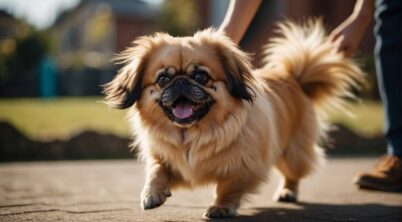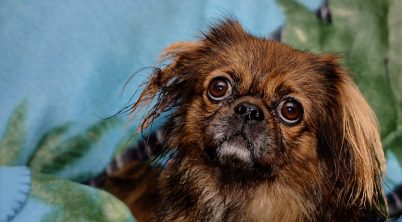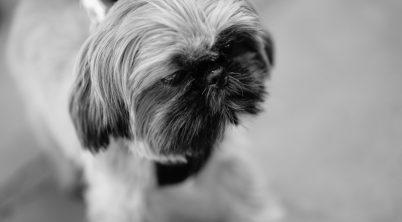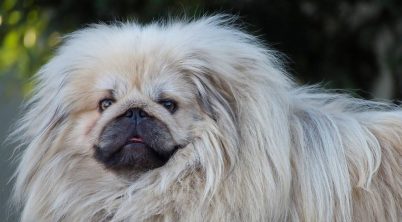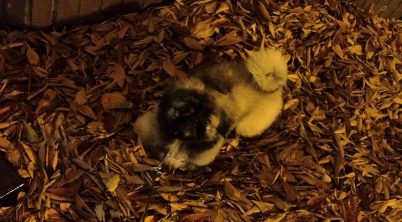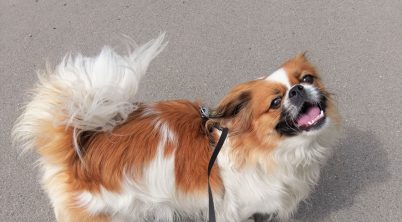Walking a Pekingese, a breed with an esteemed origin in ancient China, is a unique experience that calls for an understanding of their characteristics. Revered by Chinese royalty and bred to be a loyal companion, this toy breed presents an air of confidence and dignity that is remarkably reflected in their gait. With their long, flowing coat and distinctive flat face, Pekingese dogs possess a calm and affectionate nature that has endeared them to dog lovers for centuries.
When it comes to walking a Pekingese, it is important to consider their physical structure and exercise needs. Unlike more athletic breeds, the Pekingese requires moderate physical activity to maintain their health and well-being. They benefit from short, manageable walks that match their pace without overexerting them. Due to their compact size and their history as a companion dog, they thrive on interactions with their owner during these strolls, reinforcing the bond that has long established them as a favored pet of members of the imperial court and beyond.
Adopting the correct approach to walking a Pekingese is essential, as it ensures the safety and enjoyment of the walk for both the dog and the owner. As descendants of the noble dogs that wandered the halls of palaces in China, maintaining a lead in your walk will help your Pekingese understand that you are guiding the way. This breed is known for its independence, but with consistent and gentle training, they can master essential commands that make for a harmonious walking routine.
Pekingese Health and Care
The well-being of Pekingese dogs is closely linked to their unique physical characteristics. They are brachycephalic, meaning they have short noses and flat faces, which can lead to breathing problems. In hot weather, owners should ensure Pekingese do not overheat, as they are more prone to overheating due to their breathing challenges. It is recommended to keep them in cooler environments during hot days.
Exercise needs for Pekingese are moderate; however, regular activity is vital to prevent obesity. Two 20-minute walks daily are typically sufficient to meet their energy levels. Because of potential breathing difficulties, it is crucial to monitor their exertion, especially in warm weather.
From a nutritional perspective, a balanced diet tailored to their size and energy output helps maintain a healthy weight. Consulting a veterinarian for individualized feeding guidelines is advisable to prevent overfeeding.
Grooming is another significant aspect of their care. A Pekingese’s coat is long, especially around the neck, resembling a lion’s mane, and requires regular brushing to prevent shedding and matting. They should be bathed periodically, and the folds of their skin cleaned to avoid any infections.
Overall, regular check-ups with a veterinarian are crucial to monitor and manage the breed-specific health problems. Pekingese owners should be vigilant about their pet’s health and well-being, always catering to their special needs with knowledge and understanding.
Training and Socialization
Training is essential for a Pekingese, a loyal breed known for its somewhat stubborn streak. Owners should start with basic obedience commands such as come, sit, stay, and down. Consistency is key, as Pekingese can develop undesirable behaviors if they perceive they are in charge.
A firm and patient training approach often yields the best results:
- Establish Clear Guidelines: Make sure the dog understands what is expected.
- Maintain a Regular Schedule: Consistent training times help.
- Use Positive Reinforcement: Offer treats and praise for obedience.
For exercise and play, this small breed does not require excessive physical activity but does need regular walking for mental stimulation and physical health. Integrating fetch and play into their routine aids in expending their energy.
Socialization is crucial for Pekingese to ensure they become well-adjusted companions. They can be introduced to new people, pets, and environments gradually. Setting up puppy playdates can foster positive social behavior, making interactions with children and other dogs more pleasant.
In regards to their size, a Pekingese’s exercise needs are modest, and care should be taken to prevent over-exertion considering their smaller stature and potential for respiratory issues. Moderate daily walking suffices; it’s the quality of the mental and social engagement that counts.
Walking Your Pekingese
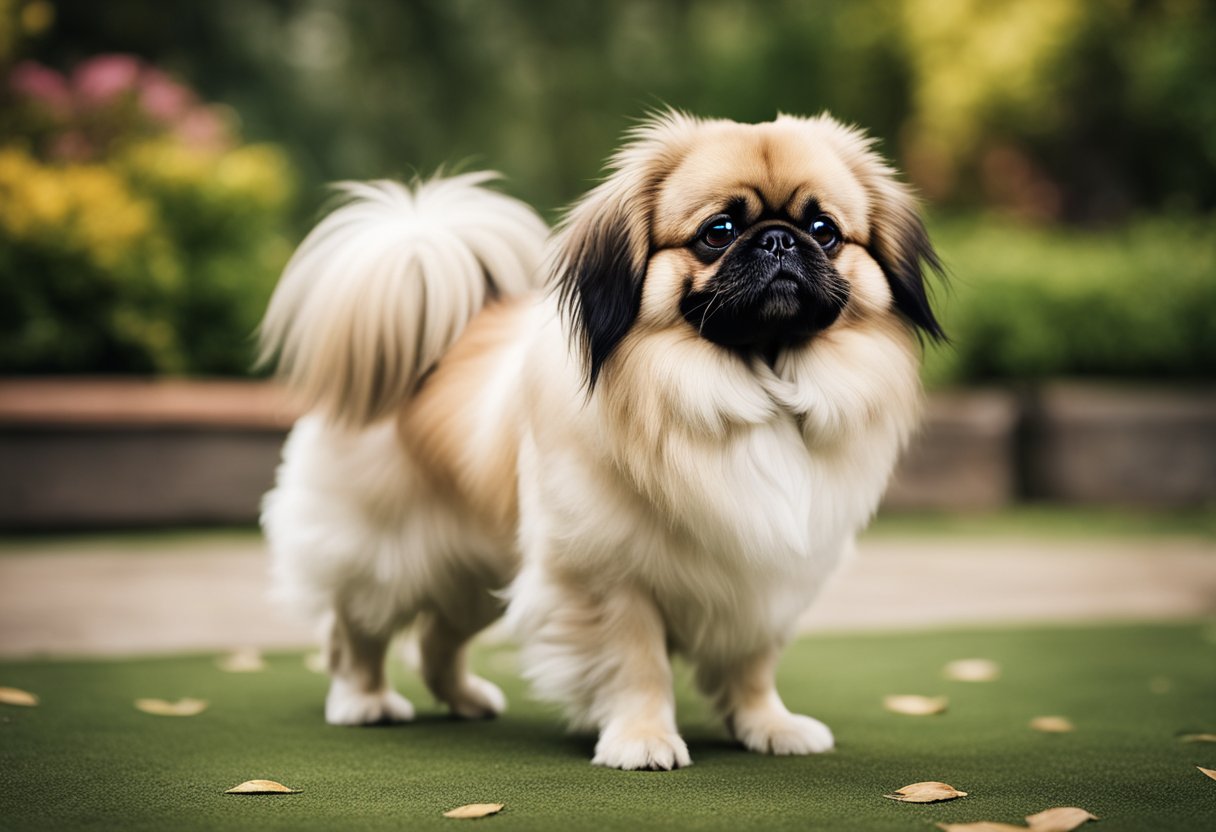
Walking a Pekingese can be a unique experience due to their distinct personality and physical attributes. These small-sized dogs have a strong will and a physique that isn’t built for strenuous exercise. Consequently, owners should approach walking with a mix of patience and understanding.
Duration and Intensity
- Short walks: Generally, two to three short walks per day.
- Duration: Around 15-20 minutes each session.
- Intensity: Low to moderate; avoid very long or vigorous walks.
Behavior and Training
- Leash Training: Crucial for control and safety. It helps prevent tugging and wandering.
- Consistency: Routine is key. Regular walking times help the dog anticipate and prepare.
- Positive Reinforcement: Reward good behavior with treats and praise.
Health Considerations
- Be mindful of hot or cold weather; Pekingeses are sensitive to extreme temperatures.
- Watch for signs of overexertion, such as heavy panting or lagging behind.
Walking Tips
- Start Orderly: Begin in a calm environment to minimize distractions.
- Lead with Confidence: Maintain a steady pace and direct the path.
Remember, patience and positive reinforcement go a long way in ensuring a Pekingese enjoys its walks and stays well-behaved. By considering their unique needs and limitations, owners can ensure a pleasant walking experience for both themselves and their Pekingese companions.

